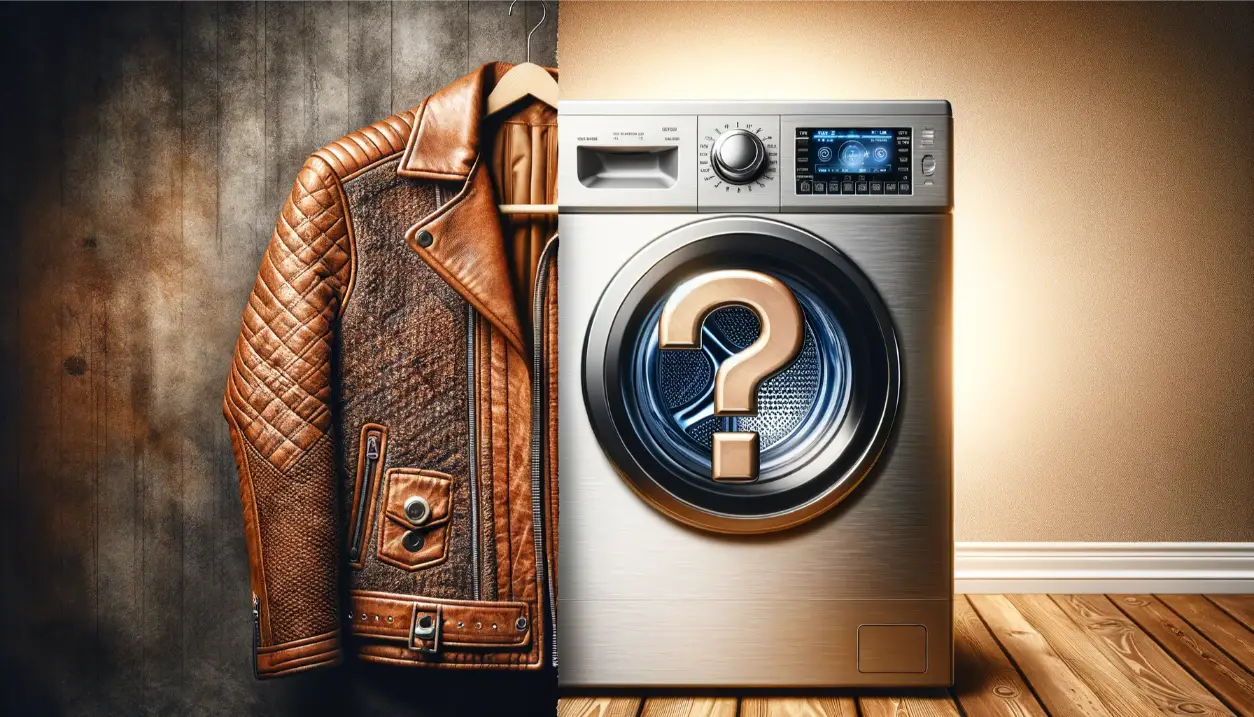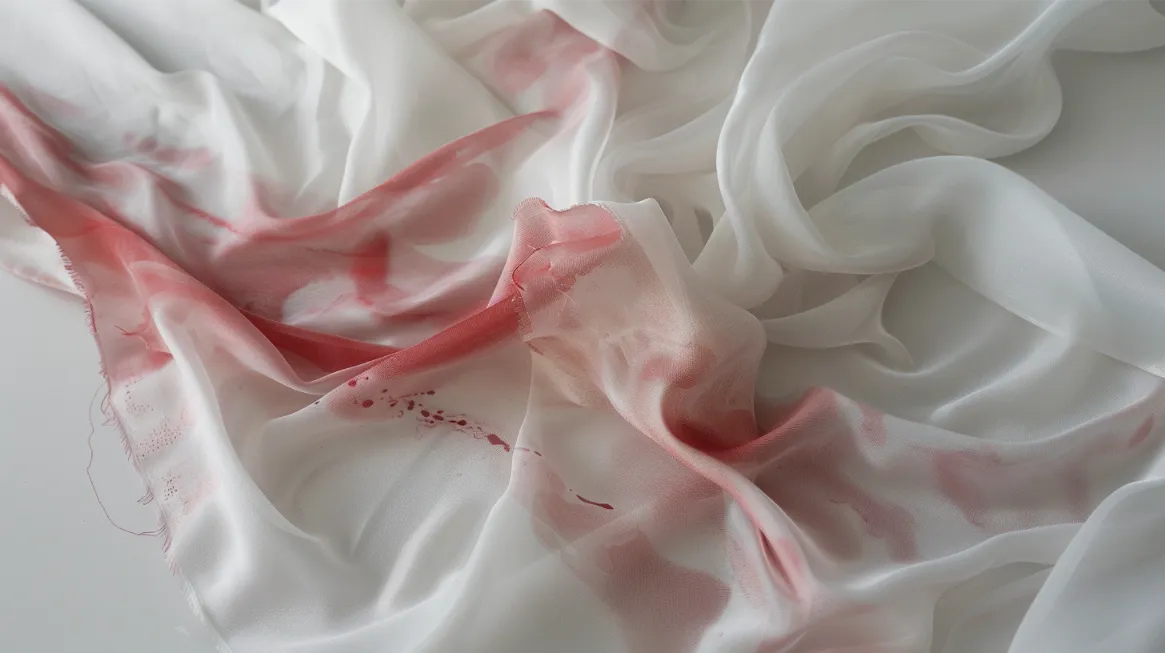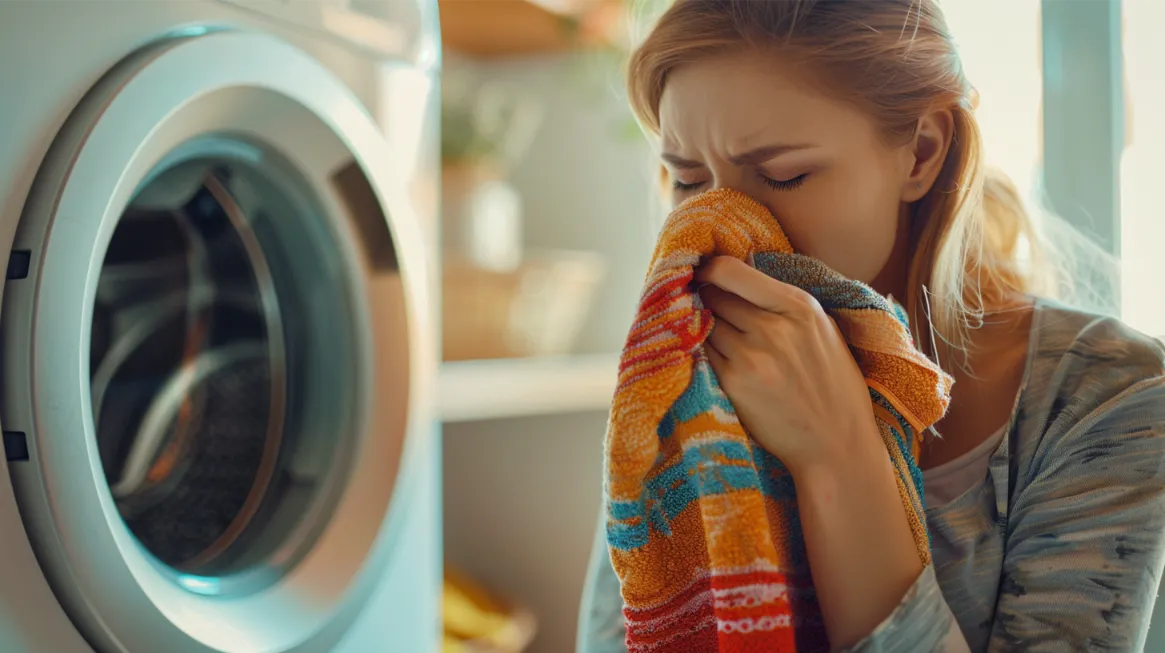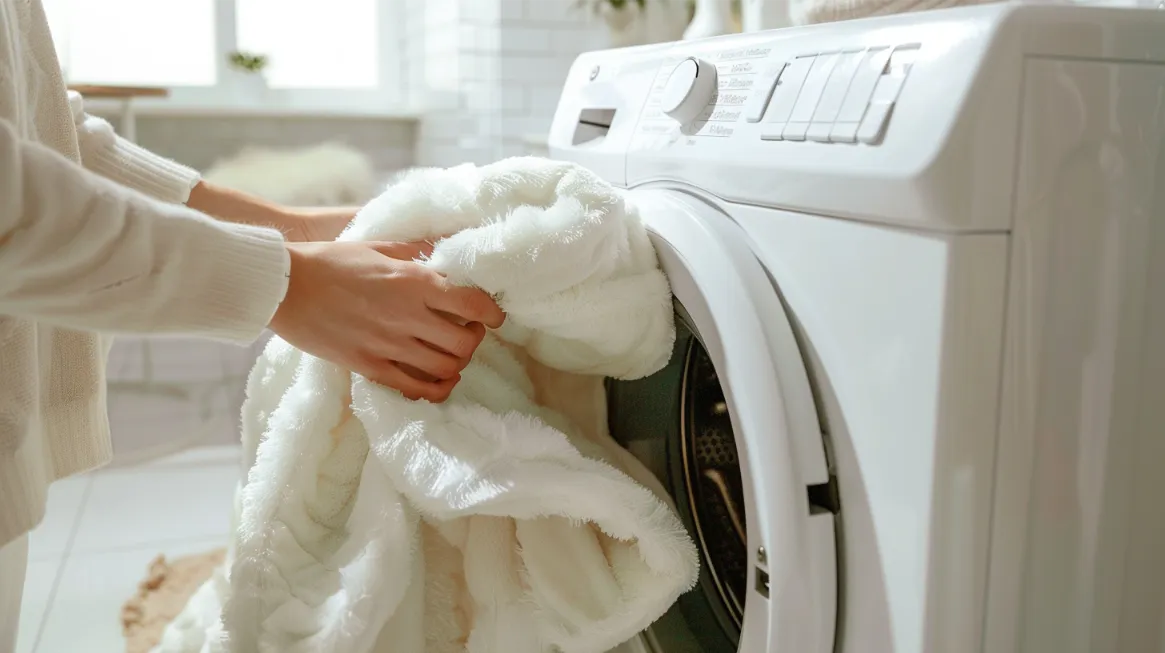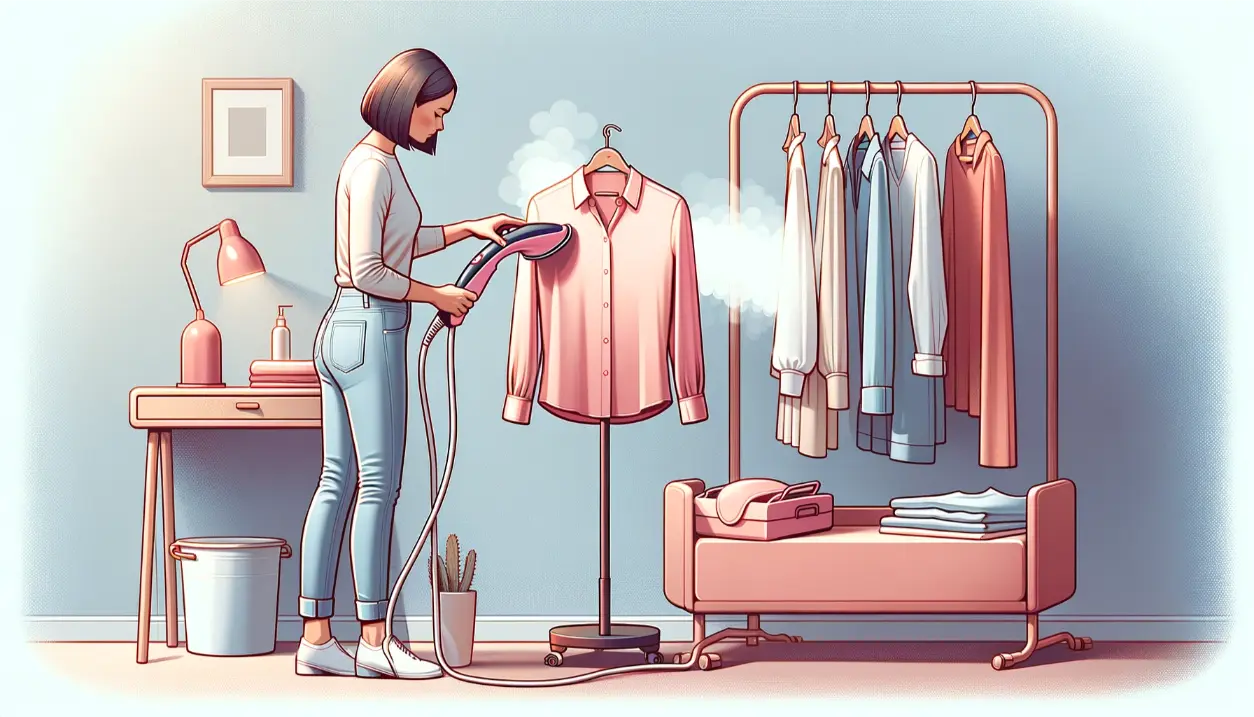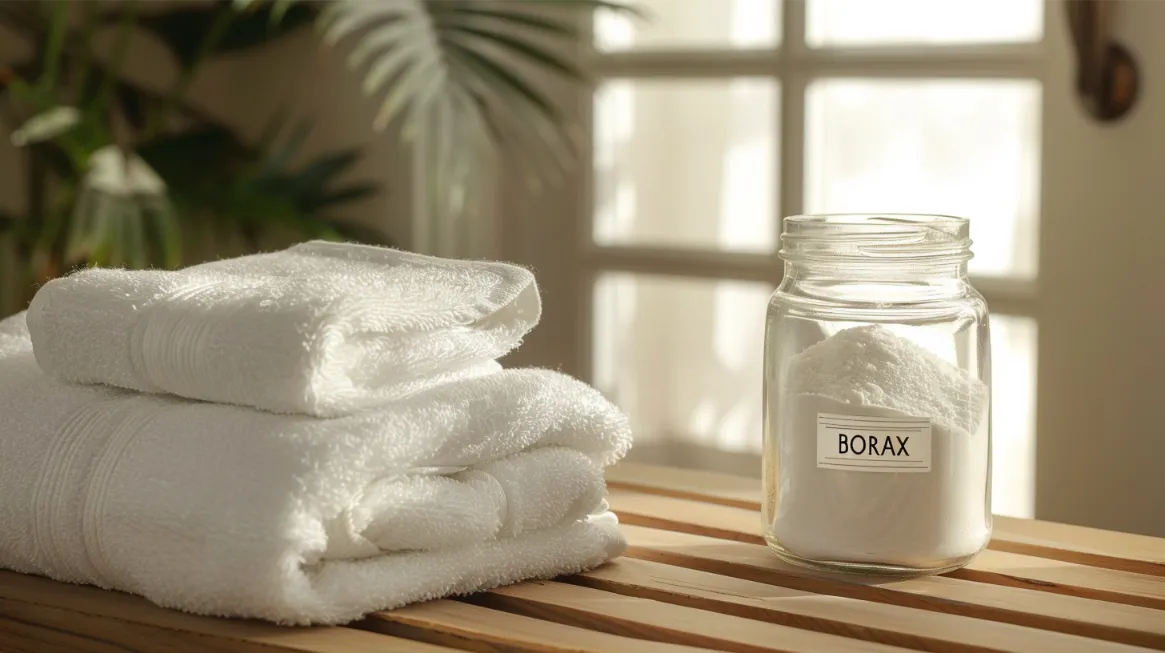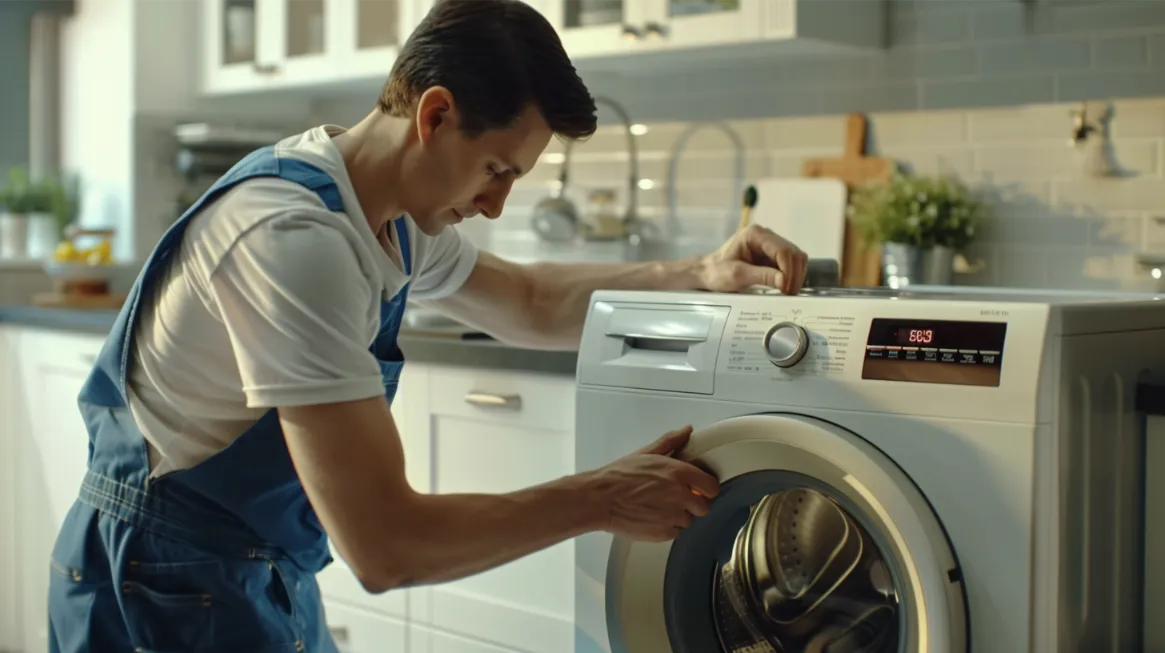Mixing bleach and baking soda may seem like a tempting solution for tackling tough cleaning tasks. Still, it is important to understand this combination’s potential dangers and hazards.
While both bleach and baking soda are effective cleaning agents on their own, combining them can release toxic chlorine gas. This can have serious consequences for your health and safety.
In this discussion, we will explore the potential risks of mixing bleach and baking soda, the effects on surfaces and household items, the dangers to skin and eyes, safe alternatives, and the necessary safety precautions to take when working with these chemicals.
Stay tuned to discover the essential information you need to ensure a safe and effective cleaning routine.
Key Takeaways
- Mixing bleach and baking soda releases toxic chlorine gas and can cause skin and eye irritation.
- The mixture can damage household surfaces, leading to corrosion and deterioration over time.
- Bleach and baking soda can corrode countertops and floors, compromising their appearance and integrity.
- The combination can also harm various household items, causing erosion or discoloration.
Potential Risks of Mixing Bleach and Baking Soda
Mixing bleach and baking soda can pose potential risks due to releasing toxic chlorine gas, which can cause skin and eye irritation. When bleach and baking soda are combined, the alkaline nature of baking soda reacts with the acidic nature of bleach to form sodium hypochlorite, water, and salt. This reaction releases toxic chlorine gas, which can harm human health.
Exposure to chlorine gas can result in mild skin and eye irritation. However, it is important to note that inhaling toxic gases can lead to severe respiratory distress or even death. Therefore, taking proper safety precautions when using bleach and baking soda together is crucial.
To minimize risks, it is recommended to use bleach and baking soda separately. The corrosive and abrasive nature of the mixture can cause damage to household surfaces. It is advisable to avoid the combination altogether to prevent harm.
Effects on Surfaces and Household Items
When bleach and baking soda are combined, the abrasive and corrosive nature of the mixture can lead to damage on household surfaces.
The chemical reaction between the two substances can produce salt, water, and chlorine gas, potentially harming surfaces.
Therefore, using bleach and baking soda separately is important to prevent any adverse effects on household items and surfaces.
Surface Reactions
Combining bleach and baking soda can have corrosive effects on household surfaces, leading to deterioration over time. Due to their abrasive and reactive properties, the mixture can cause damage to surfaces such as countertops, floors, and grout. The corrosive effects from the bleach and baking soda mixture can gradually wear down the surfaces, compromising their integrity and appearance.
To prevent harm to household items and structures, avoiding mixing bleach and baking soda is recommended. Instead, it is best to use these substances separately for cleaning tasks. By using bleach and baking soda independently, the risk of corrosion and surface damage can be minimized, preserving the longevity and aesthetics of household items.
Item Compatibility
Item compatibility refers to the effects that the mixture of bleach and baking soda can have on various surfaces and household items. When bleach and baking soda are mixed, a chemical reaction can lead to corrosion and surface damage.
It is important to be aware of the potential harm that this mixture can cause to prevent erosion or discoloration of household items. To maintain the integrity and appearance of surfaces like countertops, tiles, and tubs, it is recommended to use bleach and baking soda separately.
Direct contact with the bleach and baking soda mixture should be avoided to prevent adverse effects. It is also crucial to take proper ventilation and safety measures when using a combination of bleach and baking soda to protect surfaces from potential harm.
Dangers to Skin and Eyes
Mixing bleach and baking soda poses significant dangers to the skin and eyes. The corrosive nature of bleach and alkaline properties of baking soda can cause skin irritation, while contact with the mixture can lead to eye irritation.
Additionally, releasing toxic gases during the reaction can result in respiratory distress and further harm the skin and eyes. Avoiding this combination to prevent potential skin and eye damage from hazardous chemical reactions is crucial.
Skin Irritation Risks
Exposure to a mixture of bleach and baking soda can pose significant risks to the skin and eyes, causing irritation and potential damage. Understanding the skin irritation risks associated with this combination and taking proper safety measures to avoid any harm is important. Here are some key points to consider:
- Mixing bleach and baking soda can lead to skin irritation due to the corrosive nature of bleach and the alkaline properties of baking soda.
- The combination can also cause eye irritation upon contact with the mixture or fumes.
- Skin and eye damage can result from exposure to chlorine gas released when mixed with bleach and baking soda.
- To prevent skin and eye irritation risks, avoiding combining bleach and baking soda and using proper safety measures when working with these substances is advisable.
It is crucial to prioritize safety and follow recommended guidelines to minimize the potential risks associated with bleach and baking soda mixtures.
Eye Damage Potential
When bleach and baking soda are combined, there is a significant risk of causing damage to the skin and eyes due to the corrosive nature of bleach and the potential formation of toxic gas. Bleach contains sodium hypochlorite, a corrosive substance that can lead to skin and eye irritation upon contact.
Baking soda, when mixed with bleach, can release chlorine gas, which is highly toxic and can cause severe eye and skin irritation. Taking proper safety precautions to prevent mixing bleach and baking soda and avoid dangerous chemical reactions that can harm the skin and eyes is crucial.
Understanding the potential risks of combining these substances is essential to safeguard skin and eye health.
Health Hazards Involved
The combination of bleach and baking soda poses significant health hazards, particularly to the skin and eyes, due to the corrosive nature of bleach and the potential release of toxic chlorine gas. When mixed with bleach and baking soda, the alkaline properties of baking soda can cause skin irritation upon contact. Additionally, the reaction between bleach and baking soda can release chlorine gas, which is highly toxic and can lead to respiratory distress, eye damage, and skin irritation.
To summarize the health hazards involved in mixing bleach and baking soda:
- Skin irritation: The alkaline properties of baking soda can irritate the skin upon contact.
- Eye damage: Chlorine gas released from the reaction can cause damage to the eyes.
- Respiratory distress: Inhaling toxic chlorine gas can lead to respiratory problems.
- Overall toxicity: The release of chlorine gas poses a significant health risk and should be avoided.
It is crucial to exercise caution and avoid the combination of bleach and baking soda to prevent the formation of harmful chlorine gas and protect skin and eye health. Proper safety measures should always be taken when working with these substances.
Safe Uses of Mixing Bleach and Baking Soda
What are some safe uses of mixing bleach and baking soda for cleaning? When combined, bleach and baking soda create a powerful cleaning solution that can be safely utilized for various tasks. One safe use is general cleaning, such as removing stains and brightening whites. Combining bleach and baking soda can effectively clean grout, eliminating dirt and grime. Additionally, it can be used to remove mold, as the solution’s disinfectant properties help eliminate spores. This mixture can also tackle tough stains on surfaces like countertops or sinks.
However, following proper safety precautions when utilizing the bleach and baking soda mixture is crucial. Adequate ventilation is necessary to prevent inhalation of potentially harmful fumes. It is also advisable to wear protective gear, such as gloves and goggles, to minimize the risk of skin and eye irritation. While the combination is safe for specific cleaning tasks, caution is essential to avoid adverse reactions or hazards. Therefore, it is crucial to read and follow the instructions on the bleach and baking soda products and any warnings provided by the manufacturers.
Safety Precautions When Using Bleach and Baking Soda
To ensure the safe use of bleach and baking soda, it is crucial to follow specific safety precautions and guidelines. Mixing bleach and baking soda can be useful for certain cleaning tasks, but it is important to use caution to avoid potential hazards. Here are some safety measures to consider when working with these substances:
- Avoid mixing bleach with other household chemicals such as vinegar, ammonia, rubbing alcohol, or toilet bowl cleaner. These combinations can lead to the formation of toxic gases, which can be harmful when inhaled.
- Provide proper ventilation by opening windows or using fans when working with bleach and baking soda. This helps to dissipate any fumes and prevent the buildup of potentially hazardous gases.
- Store bleach and baking soda separately in labeled containers in a well-ventilated area. This prevents accidental mixing and ensures that each substance retains its effectiveness.
- If adverse effects are experienced after mixing cleaning products containing bleach and baking soda, seek immediate medical help. Symptoms such as difficulty breathing, eye irritation, or skin rashes should not be ignored.
Alternatives to Mixing Bleach and Baking Soda
When seeking safer alternatives to mixing bleach and baking soda, consider the following options for effective and eco-friendly cleaning.
Baking soda and hydrogen peroxide can create a powerful cleaning solution. Combining baking soda and hydrogen peroxide creates a chemical reaction that helps remove stubborn stains and odors.
Vinegar is another non-toxic alternative that can be used instead of bleach. Its acidic properties effectively remove grease, grime, and mildew.
Lemon juice is a natural alternative that can replace bleach when mixed with baking soda. The citric acid in lemon juice is a natural bleach, brightening and disinfecting surfaces.
Essential oils like tea tree and lavender oil can also be added to baking soda for a fragrant and effective cleaning solution. These oils have antimicrobial properties and can help eliminate bacteria and odors.
Lastly, borax is an eco-friendly alternative that can be used in place of bleach. When combined with baking soda, borax can tackle tough stains and kill bacteria without the harsh chemicals. These alternatives provide safer and greener options for cleaning tasks.
Frequently Asked Questions
What Happens When Bleach and Baking Soda Mix?
When bleach and baking soda mix, a chemical reaction produces sodium hypochlorite, water, and salt. This reaction releases chlorine gas, which is hazardous and can cause skin and eye irritation. Proper safety precautions must be taken to prevent harmful effects.
Can You Mix Baking Soda and Bleach Laundry?
Mixing baking soda and bleach in laundry is a safe and effective method for enhancing stain removal and brightening white fabrics. Combining these ingredients works together to remove odors and improve the cleaning outcome.
What Should You Not Mix Baking Soda With?
Baking soda should not be mixed with substances like vinegar, lemon juice, hydrogen peroxide, ammonia-based products, or strong acids/bases. Combining these can neutralize cleaning properties, cause reactions, or produce toxic gas.
How Long Should You Let Bleach and Baking Soda Sit?
To achieve optimal cleaning results, allowing a mixture of bleach and baking soda to sit for approximately 15-30 minutes is recommended. This waiting period enhances the cleaning power and effectiveness of the solution.
Conclusion
In conclusion, avoiding mixing bleach and baking soda is crucial due to the potential risks involved. Combining these two cleaning agents can result in the release of toxic chlorine gas, which can have severe health effects and even lead to death if inhaled.
It is important to prioritize safety by following proper precautions and utilizing alternative cleaning methods to ensure the well-being of oneself and others.


